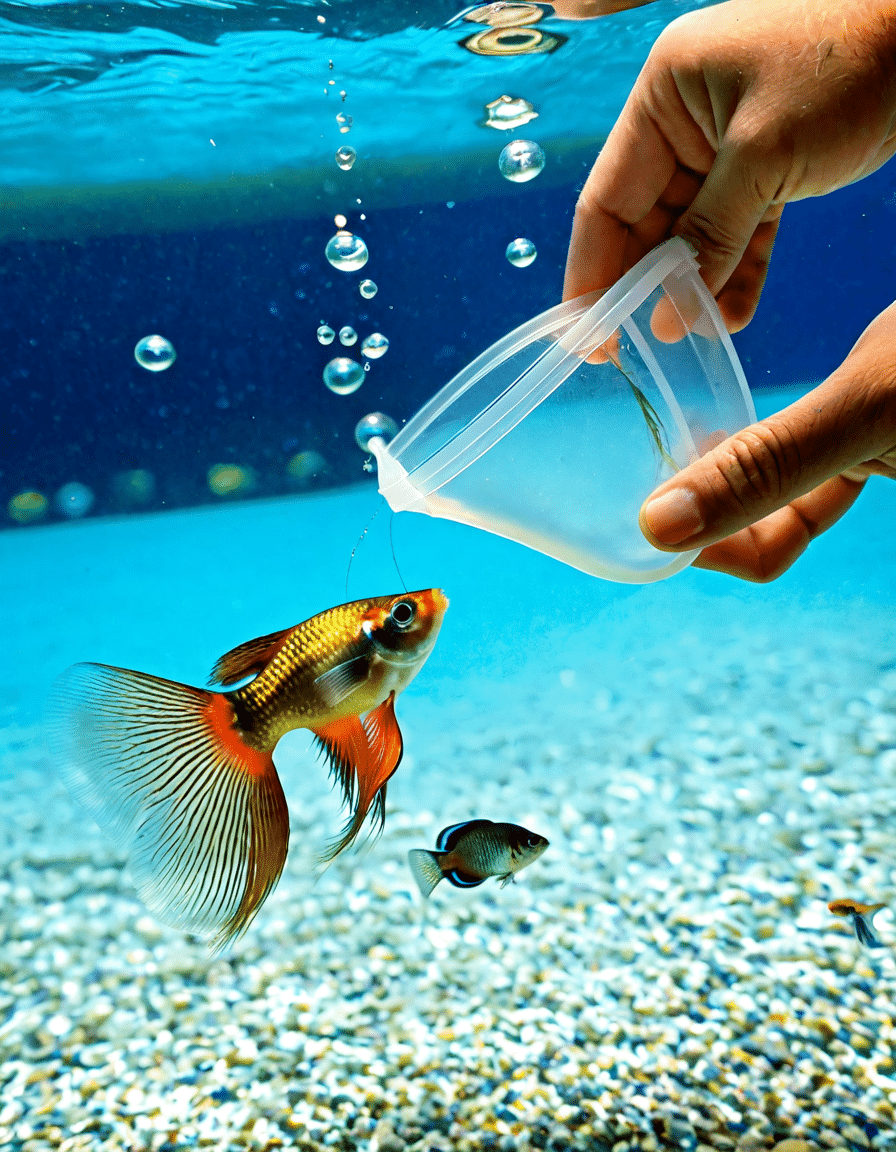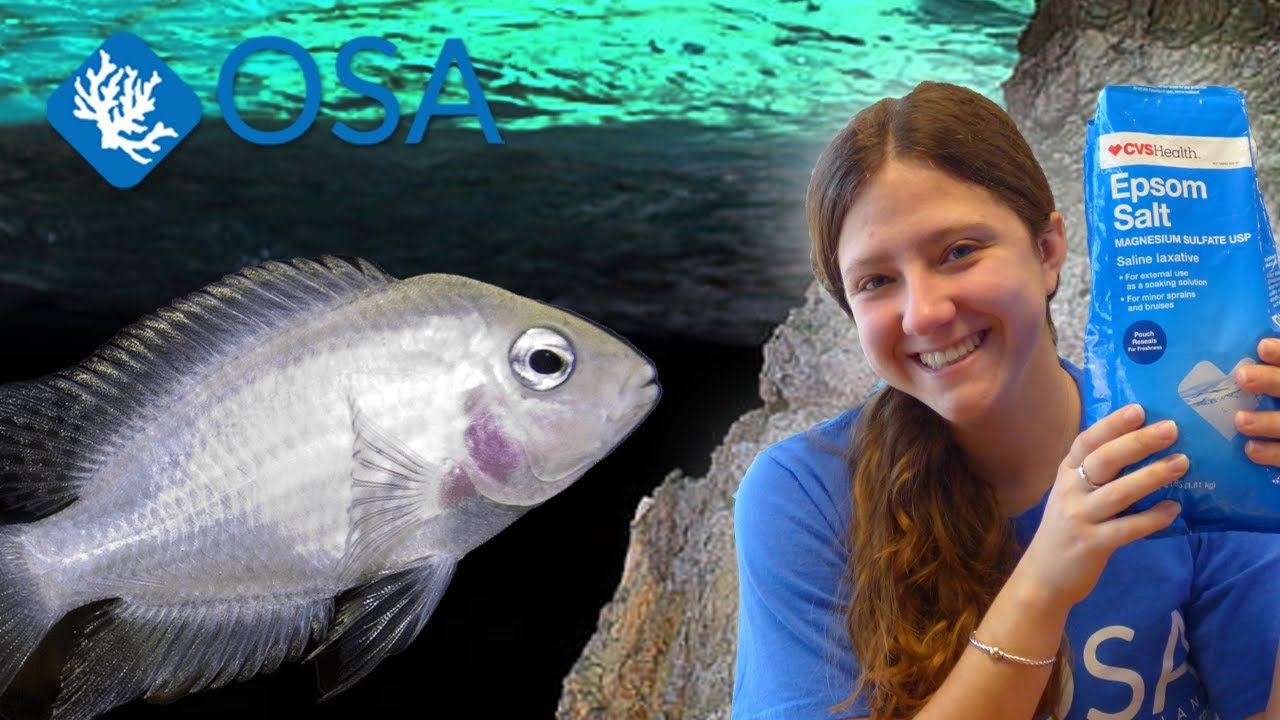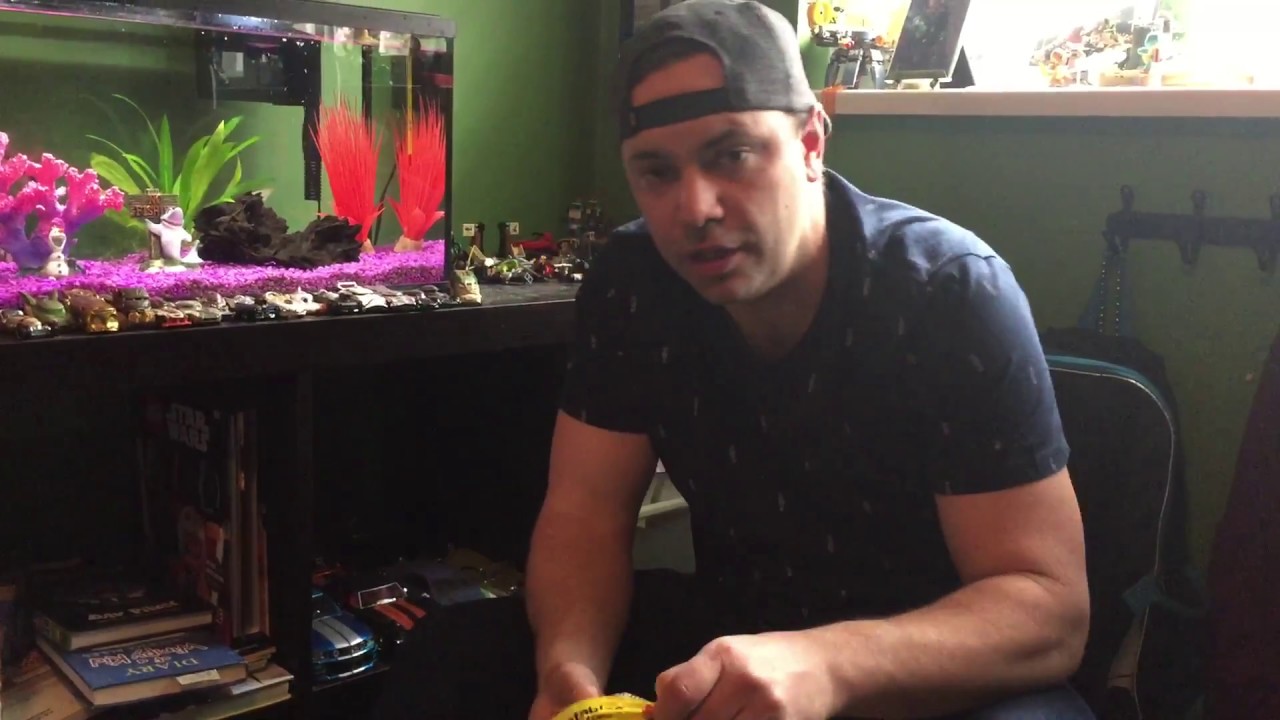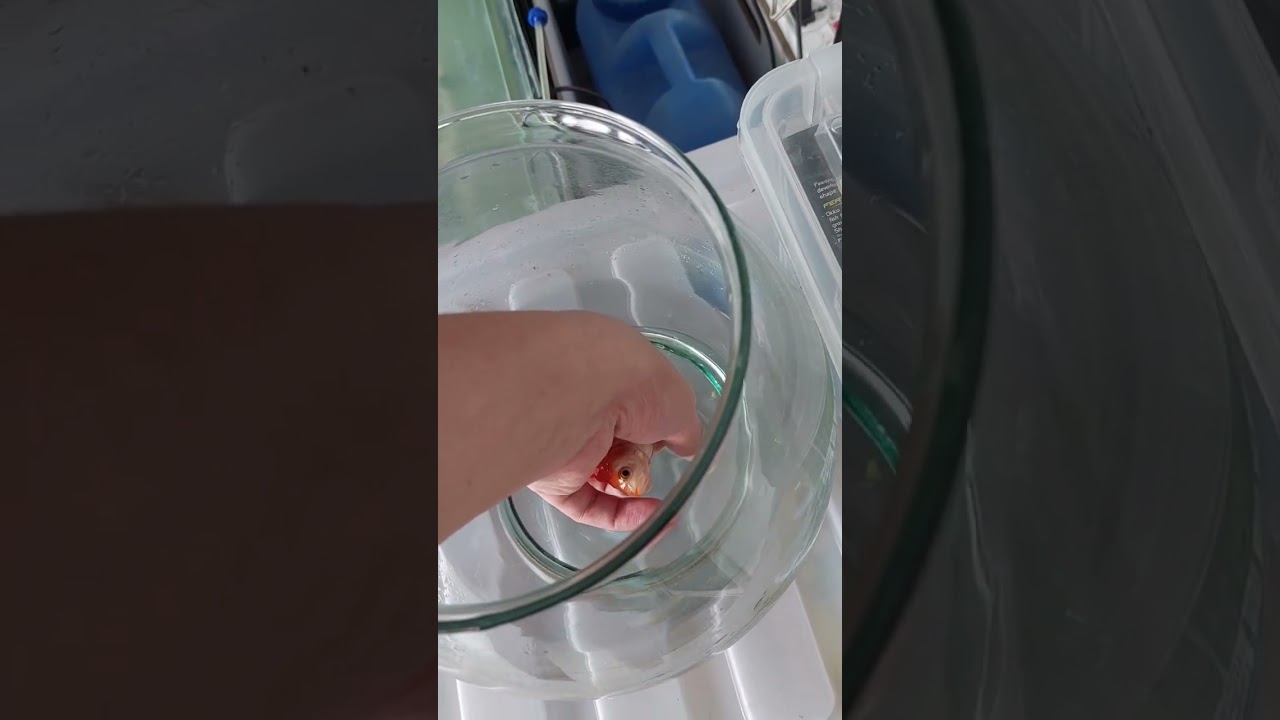A guppy’s swim bladder is crucial for buoyancy, so when it becomes deflated, it can spell trouble for these lively little fish. A deflated swim bladder can leave guppies struggling to stay afloat, leading to both physical stress and health complications. To be a responsible fish owner, it’s essential to dig into the common causes of a guppy deflated swim bladder, as well as effective solutions to ease your fish’s plight.
Top 5 Causes of Guppy Deflated Swim Bladder
Guppies naturally thrive on a balanced diet, but overfeeding can lead to significant digestive issues, causing their swim bladders to malfunction. Feeding them too much can create constipation, a condition that messes with their buoyancy. Ensure you provide a variety of foods like high-quality pellets, flakes, and occasional treats such as freeze-dried bloodworms to keep their diets diverse and healthy.
The water quality in your guppy’s tank plays a monumental role in their health. High ammonia levels or imbalances in pH can instigate swim bladder diseases. Therefore, regularly testing your water is fundamental. Invest in a reliable filtration system and perform weekly water changes to promote optimal conditions.
Some guppies are simply more susceptible to swim bladder issues due to their genetics. Breeding practices often prioritize particular traits, which can lead to unforeseen health problems. As a discerning fish owner, always source guppies from reputable breeders known for emphasizing health over physical appearance.
Guppies can also suffer from swim bladder dysfunction due to injuries or stress from aggressive tank mates like the female vs male betta fish. Monitoring your aquarium’s social dynamics is crucial, as aggression can lead to significant stress for guppies. Creating a peaceful environment replete with hiding spots significantly reduces stress and promotes well-being.
Bacterial infections or swim bladder disorders can lead to issues with buoyancy. Symptoms to watch out for include swelling, lethargy, and abnormal swimming patterns. If you notice these signs, treatment may involve antibacterial medications or changes to feeding routines to help alleviate symptoms.
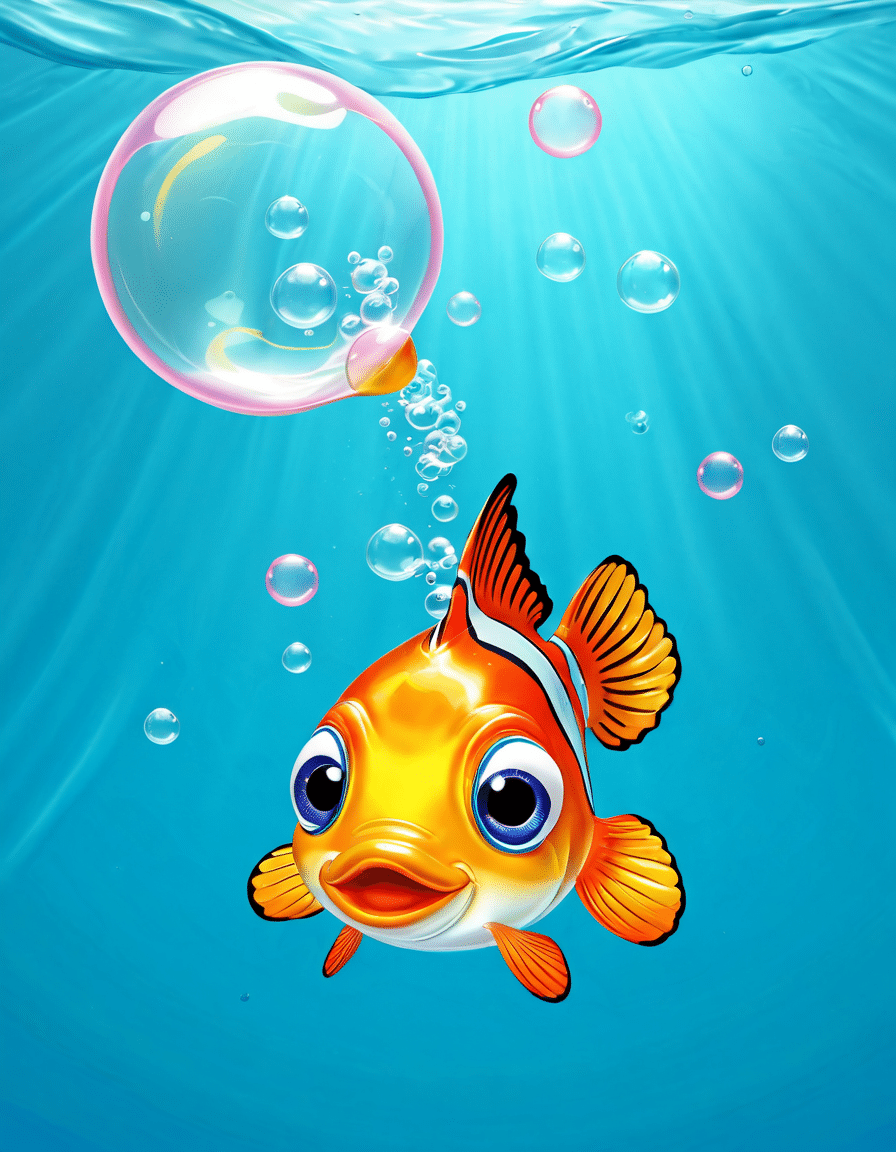
Effective Solutions for Guppy Deflated Swim Bladder
1. Adjusting Feeding Practices
Implementing a better feeding schedule can help prevent overconsumption. Monitor your guppies’ portions carefully to avoid digestive troubles. You should also consider adding high-fiber foods, like peas, to their diets; this can assist their digestion and mitigate constipation—an often undetected culprit behind deflated swim bladders.
2. Improving Water Quality
Quality filtration is your best friend. For example, using the Fluval FX6 Filter can offer optimal water conditions for your finned friends. Regular testing for ammonia, nitrites, and nitrates keeps your tank healthy while creating a stable pH environment suited for guppies.
3. Selecting Healthy Stock
Choosing guppies wisely is crucial for long-term success. Opt for vibrant, active guppies that show no signs of disease. Trustworthy sources such as LiveAquaria or local fish clubs can help ensure you’re getting healthy fish, thus reducing the chances of introducing genetically predisposed guppies vulnerable to swim bladder problems.
4. Creating a Safe Environment
It’s vital to provide a tank setup that minimizes stress. Installing a tank divider can keep aggressive species, such as male betta fish or the female betta fighting fish, away from your guppies. Additionally, adding lush plants or interesting decorations gives those little guys a place to hide and feel secure.
5. Prompt Treatment of Infections
If you suspect an infection is causing your fish’s issues, don’t hesitate to consult an aquatic veterinary professional. Treatments like Tetracycline or Maracyn for bacterial infections can help. Establishing a quarantine tank for sick fish can prevent the spread of illness within your community tank.
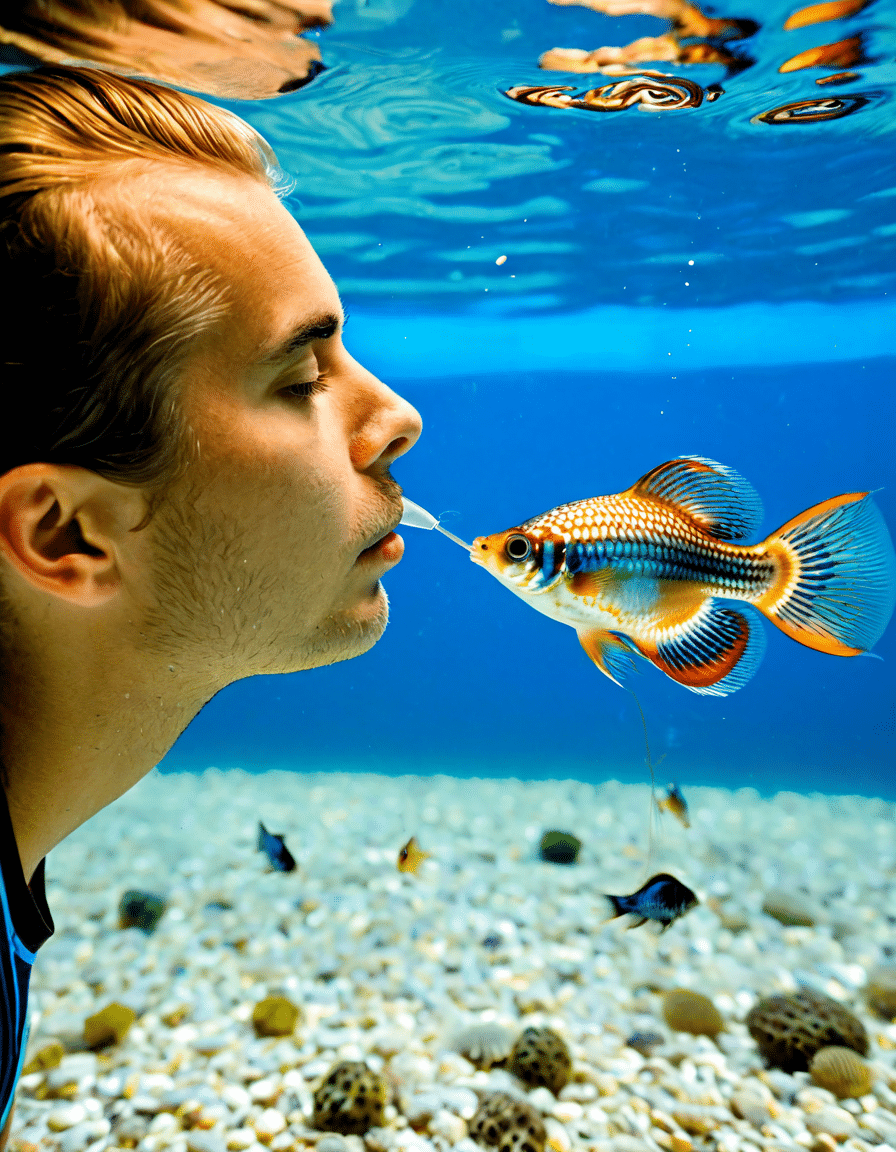
The Importance of Awareness
Recognizing the issues linked to guppy deflated swim bladder is more than addressing a problem—it’s about understanding the intricate balance that exists within your aquarium. Every element—from diet and tank conditions to species compatibility—plays a crucial role in fostering a thriving aquatic habitat. Being proactive about these challenges not only promotes a healthy environment for your guppies but also enriches the lives of all your aquatic inhabitants.
Furthermore, exploring behaviors in other species can offer valuable insights into pet care. For instance, observing the dynamics between glofish sharks and the tranquil conure parrot nesting with head exposed reveals much about compatibility in pet habitats. Adapting your care based on observation can enhance the experience for both you and your aquatic pets.
In summary, taking the time to understand and care for your guppy, whether it’s helping them overcome a deflated swim bladder or simply providing a supportive environment, will lead to a more rewarding fishkeeping experience. After all, a happy fish means a happy owner!
Guppy Deflated Swim Bladder: Fun Trivia and Interesting Facts
Understanding Guppies and Their Health
Did you know that guppies are one of the most popular freshwater fish for home aquariums? Their stunning colors and vibrant patterns make them a joy to watch. However, not all is smooth sailing in their little fishy lives. A common issue is a guppy deflated swim bladder, which can lead to buoyancy problems. Interestingly, guppies can also be susceptible to stressors in their environment, much like how cats might react to plants—like are chrysanthemums poisonous to cats? Just like keeping a cat away from certain flowers, it’s crucial to maintain a suitable habitat for your guppies to thrive.
Swim Bladders and Fishy Facts
Speaking of aquatic health, the swim bladder is essential for buoyancy. Unfortunately, this small organ can be affected by both genetic factors and environmental conditions. For example, poor water quality can lead to infections, making the swim bladder harder to function properly. For an amusing spin, think about fictional worlds where fish can do quite silly things—like in Cloudy with a Chance of Meatballs! Fish overcoming challenges with buoyancy could inspire pet owners to find fun solutions for a guppy deflated swim bladder.
Solutions for Happy Guppies
When addressing a guppy deflated swim bladder, adjusting their diet can often help, as certain foods can lead to better buoyancy control. Additionally, while it’s a concern that affects fish owners, there’s always the question of costs involved in visiting experts for care—this brings to mind, do vets do payment plans? Much like providing financial options for a furry friend in need, setting up a budget for your aquarium can help keep those guppies swimming happily. Did you know some fish, like the fresh water puffer fish, have distinct needs as well? Understanding various species can deepen your knowledge and help you take better care of your aquatic pals!
By being mindful about environmental factors and exploring effective solutions, pet owners can help their guppies avoid swim bladder issues. With engaging trivia like this, you’ll feel like you’re embarking on a fun adventure in the fishkeeping community! Who wouldn’t want to see a group of jubilant guppies swimming around, healthy and carefree?
